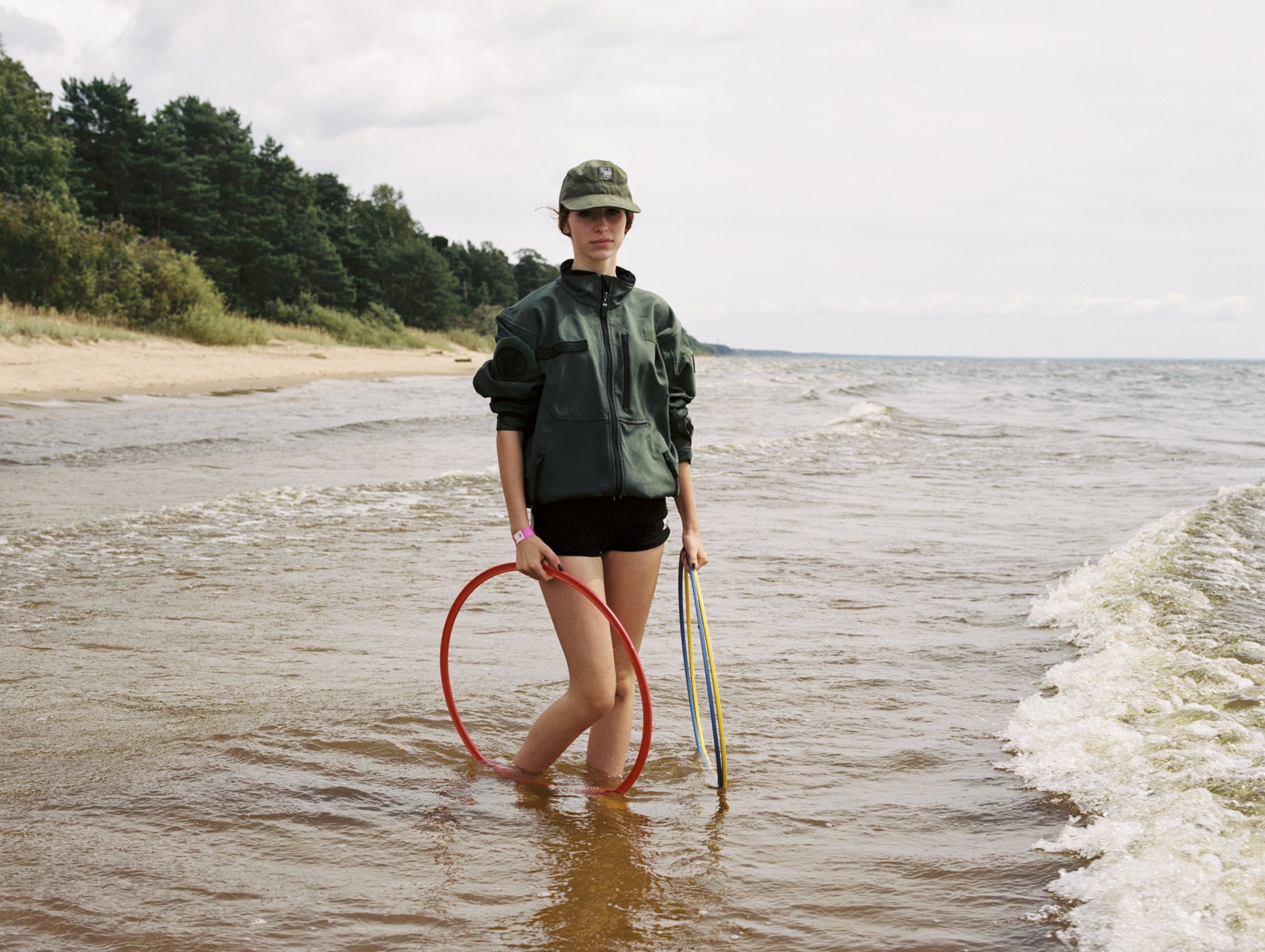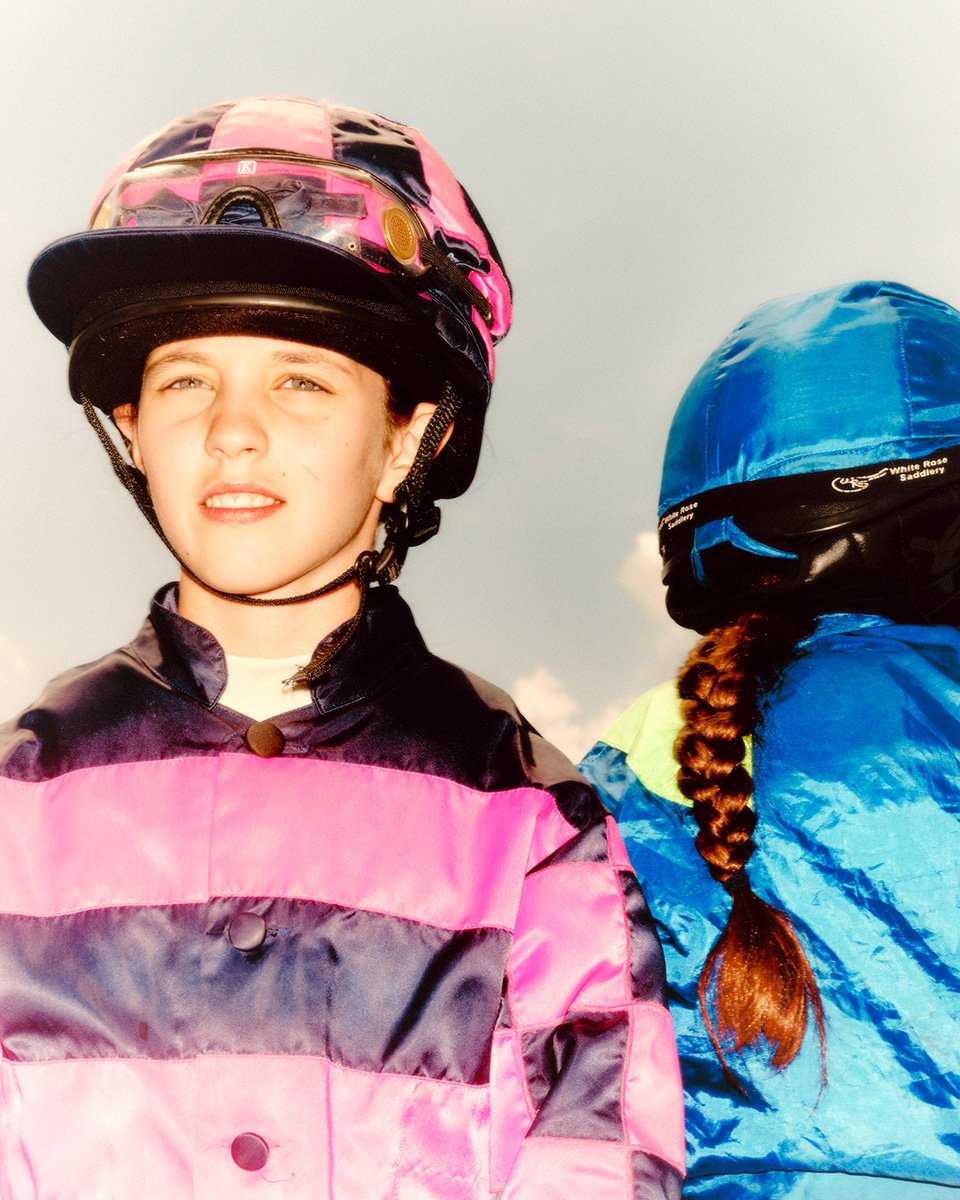History of Pride
We at ZERO.NINE love to celebrate Pride month, not by plastering a rainbow over our logo, but by taking a closer look at the radical roots of LGBTQIA+ history that has led to this moment in time. As well as interviewing high-profile queer icons and activists, we wanted to discuss and critique the Pride celebrations we see today. We feel we can’t ultimately celebrate if we don’t know what we’re celebrating for and it’s important to remember those who fought for the right to celebrate. So, here’s a run-down of the history of Pride.
Text Sufiyeh Hadian On the window of the Stonewall Inn, “We homosexuals plead with our people to please help maintain peaceful and quiet conduct on the streets of the Village — Mattachine“ Diana Davies © New York Public Library
The first ever Pride was a protest.
Pride Month commemorates the June 1969 Stonewall Riots in NYC. The Stonewall Riots began on the 28th of June 1969 when the LGBTQIA+ customers of the Stonewall Inn resisted police raids on their bar, where two police officers demanded to ‘check the sex’ of some of the bar’s customers by physical examination. At that time, anyone that the police perceived as men could be legally arrested for doing drag, while people perceived as women could also be arrested if they were found to be wearing less than three pieces of ‘feminine clothing.’ Police often raided bars to search for these alleged violations.
On that summer evening in June, the night that most people cite as the origin of Pride, the patrons of the Stonewall Inn bar (who were trans women and femmes of colour) fought back against another police raid. It resulted in a further four nights of rioting. Broader research by historians such as Martin Duberman has shown that the LGBTQIA+ community in New York had endured decades of raids and brutality at the hands of the NYC police's ‘Public Moral Squad’. This research shows us that, although the uprising at the Stonewall Inn was spontaneous, it was related to a long history of mistreatment of LGBTQIA+ people in New York, and around the world. Stonewall, spurred by the frustration of being targeted and harassed, worked where polite and civil protests had failed.
This photograph appeared on the front page of The New York Daily News on Sunday, June 29, 1969, showing the "street kids" who were the first to fight with the police outside the Stonewall Inn.
Protesters took to the streets in the aftermath of the Stonewall riots in lower Manhattan in the summer of 1969. Stonewall marked a turning point in the gay rights movement.
The first Pride event was organised by bisexual activist, Brenda Howard, in New York a year later after Stonewall. Then called the ‘Christopher Street Liberation Day March’ (the name of the road the Stonewall Inn is on), the event had both an element of celebration and of protest. Howard organised another event the next year in 1971, and soon Pride parades were established all over the world.
Branda Howard – The Mother of Pride
This was the driving force that gave life to the ‘Gay Liberation’ movement around the globe. A key part of this movement was to encourage conversations about the lives and perceptions of LGBTQIA+ people, and to fight for radical change in the way that LGBTQIA+ people were treated by society. In the UK, for example, the Pride movement saw the growth and establishment of grassroots organisations that worked to stop the oppression of LGBTQIA+ people. The first official UK Gay Pride Rally was held in London on 1 July 1972 (chosen as the nearest Saturday to the anniversary of the Stonewall riots of 1969) with approximately 2,000 participants.
Why the history of the Pride movement is important today.
The activist charity Stonewall states that whilst ‘there is lots for us to celebrate [...] there’s also a lot more work to be done’. Unfortunately, being LGBTQIA+ is still illegal in 74 countries and is punishable by death in 12 of them. Learning about how LGBTQIA+ rights were won illuminates the importance of continuing to campaign for the rights of all LGBTQIA+ people. Similarly, reflecting upon how the Pride movement was started ensures that Pride month today still honours and belongs to the LGBTQIA+ community rather than businesses that have commodified it.
Learning about who started the Pride movement reminds us that Pride Month celebrations must be inclusive. Many historians have emphasised how lesbian and transgender people of colour were a driving force in the Pride movement. This knowledge of who inspired and fought in the Pride movement is important as it ensures that Pride celebrations today honour the people that fought for change and include and celebrate everyone in the LGBTQ+ community.
Thanks to those Stonewall patrons and generations of LGBTQIA+ people who fought for the rights of the community, the world is becoming an easier place to live for LGBTQIA+ people.
To learn more about the Stonewall charity or to donate, please visit their website
Gay rights demonstration in Trafalgar Square, London, including members of the Gay Liberation Front (GLF). The GLF in the UK held its first meeting in a basement classroom at the London School of Economics on October 13, 1970. The organisation was very informal, instituting marches and other activities, leading to the first British Gay Pride March in 1972.



































